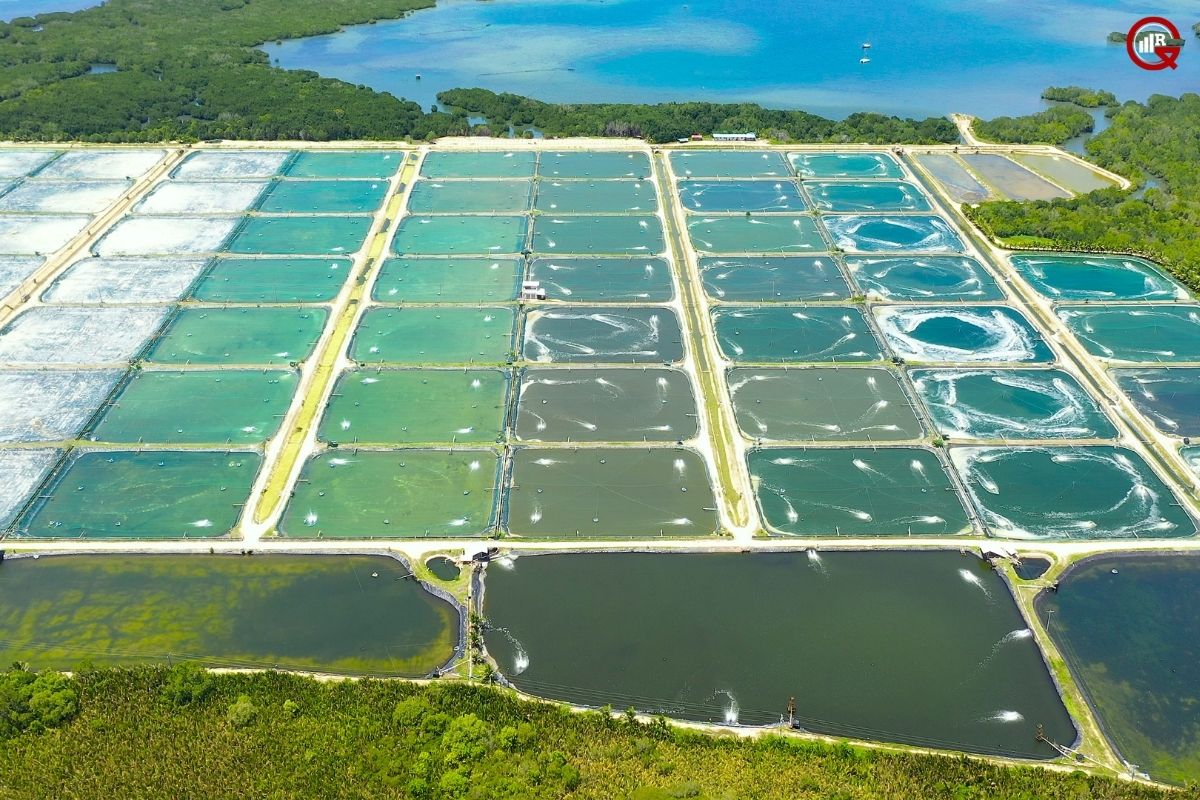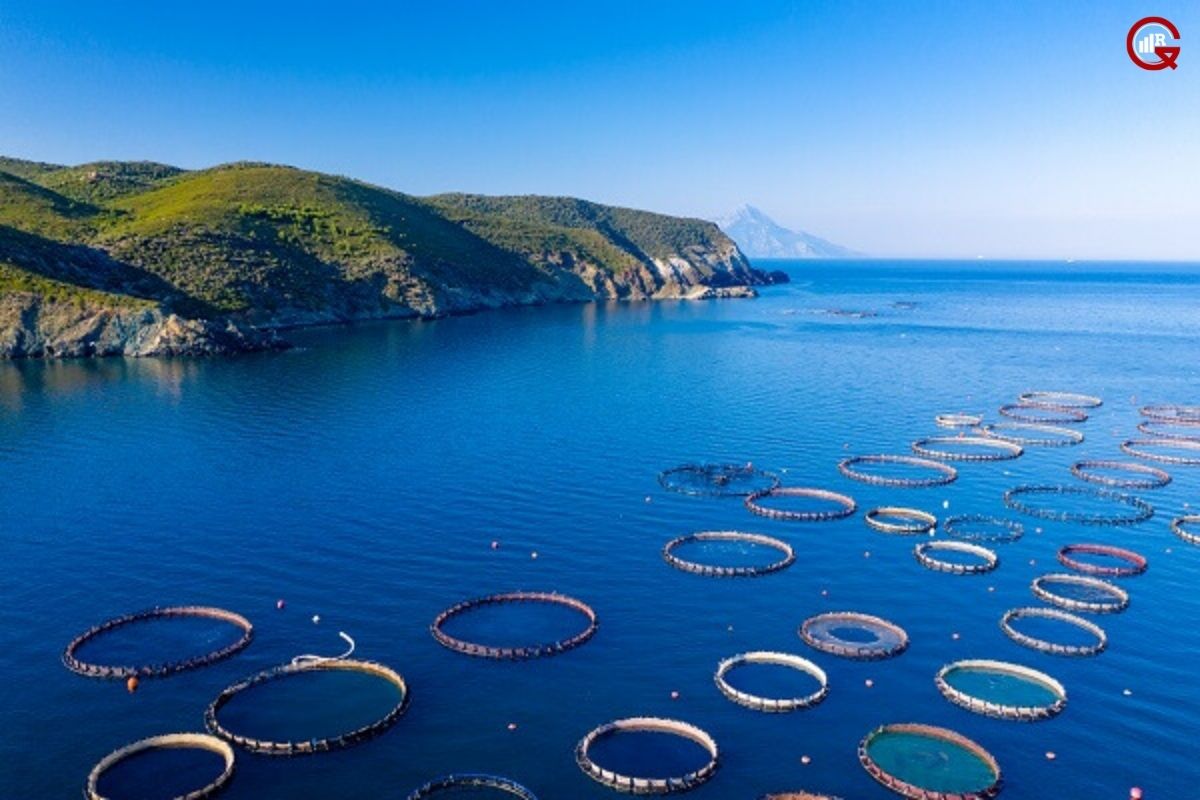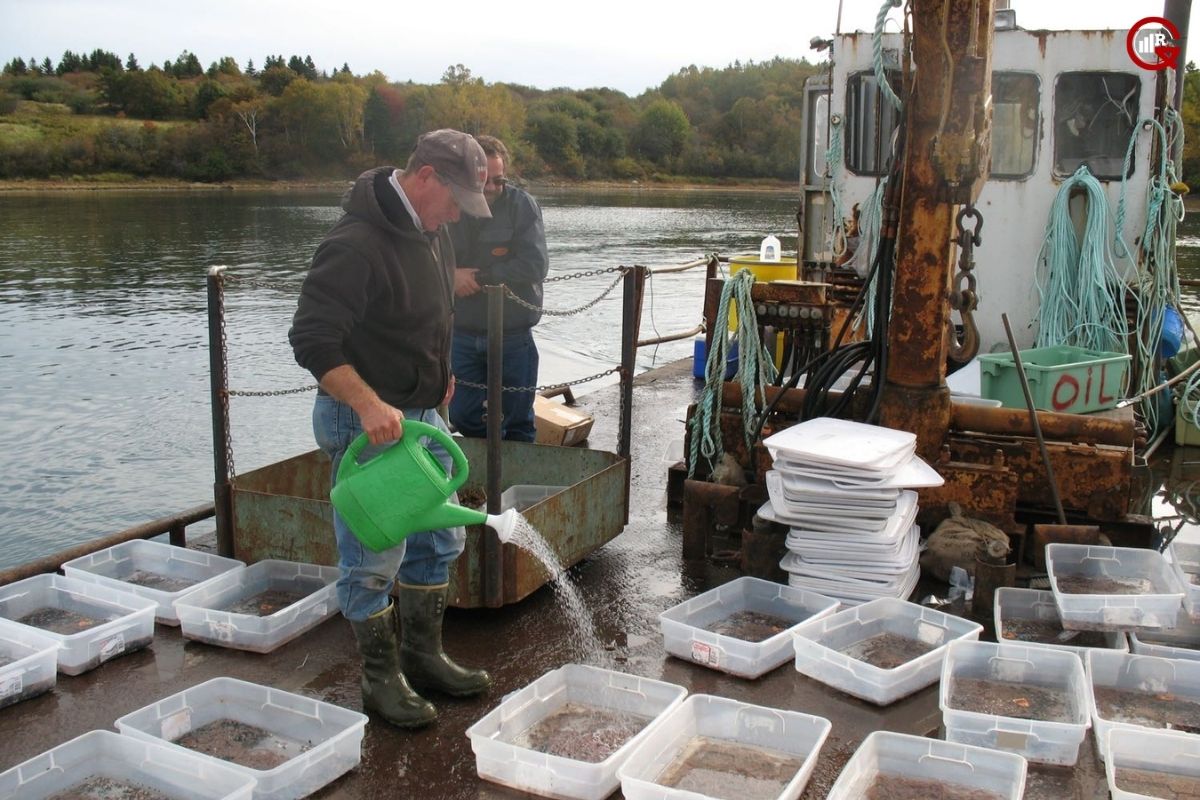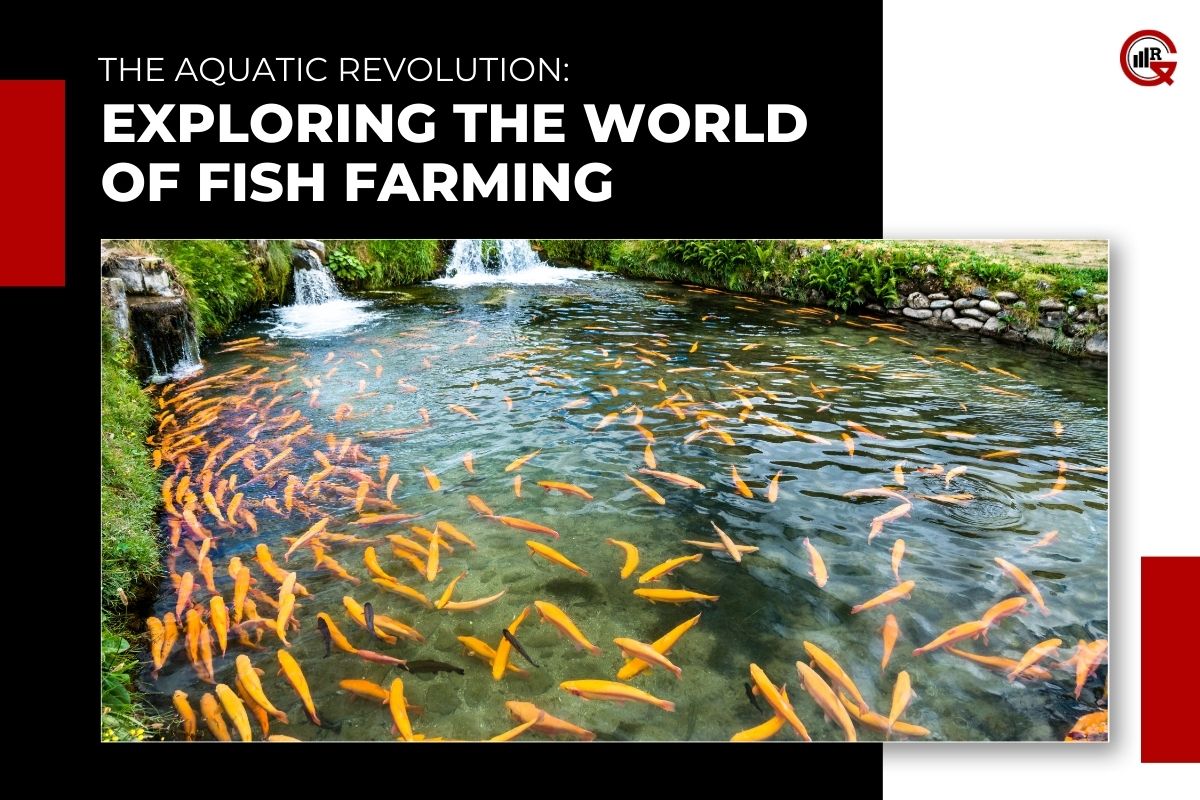Fish farming, also known as aquaculture, has emerged as a vital component of global food production, meeting the increasing demand for seafood while addressing environmental sustainability and food security challenges. From freshwater ponds and tanks to offshore cages and recirculating systems, pisciculture encompasses a diverse array of practices and technologies aimed at cultivating fish and other aquatic organisms for human consumption. In this article, we dive into the world of fish farming, exploring its history, methods, benefits, challenges, and the role it plays in feeding a growing population.
A Brief History of Fish Farming
Fish farming has ancient origins, dating back thousands of years to civilizations such as the ancient Egyptians, Chinese, and Romans, who practiced rudimentary forms of aquaculture to supplement their diets. Early fish farmers utilized natural water bodies such as ponds, lakes, and rivers to cultivate fish, employing techniques such as fertilization, stocking, and selective breeding to enhance production.
In the modern era, pisciculture underwent a revolution with the development of intensive aquaculture systems and the advent of commercial feed formulations. Innovations such as pond liners, aeration systems, and water quality monitoring enabled farmers to scale up production and cultivate a wide variety of fish species in controlled environments. Today, fish farming is a multi-billion-dollar industry that contributes significantly to global seafood production and economic development.
Methods of Fish Farming
Pond Aquaculture: Pond aquaculture is one of the oldest and most widely practiced methods of pisciculture, particularly in regions with abundant freshwater resources. Farmers construct earthen ponds or reservoirs and stock them with fish species suited to local conditions. Pond aquaculture is often used to cultivate species such as tilapia, carp, catfish, and shrimp, which thrive in still or slow-moving waters.

Cage Aquaculture: Cage aquaculture involves the cultivation of fish in floating cages or net pens submerged in natural water bodies such as rivers, lakes, or coastal waters. Cage culture allows for the intensive production of high-value species such as salmon, trout, and seabream, while minimizing environmental impacts and land use. However, concerns about pollution, disease transmission, and escapement of farmed fish into the wild have prompted stricter regulations and technological innovations to mitigate risks.
Recirculating Aquaculture Systems (RAS): RAS represents a high-tech approach to pisciculture, involving the intensive cultivation of fish in closed-loop systems that recirculate and treat water within a controlled environment. RAS facilities utilize advanced filtration, oxygenation, and waste management technologies to optimize water quality and minimize environmental impact. RAS is well-suited for farming high-value species in land-constrained areas, offering opportunities for urban aquaculture and sustainable seafood production.
Benefits of Fish Farming
Increased Food Security: Fish farming plays a crucial role in meeting the growing global demand for seafood, providing a sustainable source of protein and essential nutrients for millions of people worldwide. With wild fish stocks under pressure from overfishing and habitat degradation, aquaculture offers a viable solution to enhance food security and alleviate pressure on marine ecosystems.
Environmental Sustainability: When practiced responsibly, pisciculture can have lower environmental impacts compared to traditional fishing methods. By reducing pressure on wild fish stocks, minimizing habitat destruction, and employing resource-efficient production techniques, aquaculture contributes to the conservation of aquatic biodiversity and ecosystem health.
Economic Development: Pisciculture generates employment opportunities, income, and economic growth in rural and coastal communities, particularly in developing countries where aquaculture is a primary livelihood. By creating value-added products, supporting supply chains, and fostering entrepreneurship, aquaculture contributes to poverty reduction and sustainable development.

Innovation and Technology Transfer: The aquaculture industry drives innovation and technology transfer in areas such as genetics, nutrition, disease management, and production systems. Advances in selective breeding, feed formulations, and water treatment technologies enhance productivity, efficiency, and sustainability in fish farming, benefiting both producers and consumers.
Challenges and Considerations
Environmental Impacts: Despite its sustainability potential, pisciculture can have negative environmental impacts such as pollution, habitat degradation, and the introduction of non-native species. Intensive farming practices, improper waste management, and reliance on wild fish for feed can exacerbate these impacts, highlighting the need for responsible aquaculture practices and regulatory oversight.
Disease Management: Disease outbreaks are a significant concern in fish farming, leading to economic losses and environmental risks. Crowded conditions, poor water quality, and stressors such as temperature fluctuations can predispose farmed fish to infections. Disease prevention measures, vaccination programs, and biosecurity protocols are essential for maintaining fish health and minimizing the spread of pathogens.
Feed Sustainability: The reliance of aquaculture on wild fish for feed, particularly in carnivorous species such as salmon and shrimp, raises concerns about overfishing and ecosystem disruption. Sustainable aquafeed formulations using alternative protein sources such as plant proteins, algae, and insect meal are being developed to reduce reliance on wild-caught fish and promote feed efficiency and environmental sustainability.
Future Directions and Innovations
Aquaponics: Aquaponics is an integrated farming system that combines aquaculture with hydroponic plant cultivation in a symbiotic environment. Fish waste provides nutrients for plant growth, while plants help purify water and remove excess nutrients, creating a closed-loop ecosystem. Aquaponics offers opportunities for sustainable food production, resource recycling, and urban agriculture, with potential applications in both developed and developing countries.
Genetic Improvement: Selective breeding programs and genetic technologies are advancing the genetic improvement of farmed fish, enhancing traits such as growth rate, disease resistance, and tolerance to environmental stressors. By breeding fish with desirable traits, farmers can improve productivity, reduce production costs, and enhance the sustainability of aquaculture operations.
Integrated Multi-Trophic Aquaculture (IMTA): IMTA is a holistic approach to aquaculture that involves cultivating multiple species in the same ecosystem to maximize resource utilization and minimize environmental impacts. By combining pisciculture with the cultivation of algae, shellfish, and other organisms, IMTA systems enhance nutrient recycling, improve water quality, and diversify farm outputs, creating more resilient and sustainable aquaculture systems.

Conclusion
In conclusion, fish farming holds immense promise as a sustainable and scalable solution to meet the growing demand for seafood while addressing environmental, economic, and social challenges. Through innovation, responsible management, and collaboration among stakeholders, aquaculture has the potential to contribute significantly to global food security, economic development, and environmental conservation. By embracing emerging technologies, best practices, and integrated approaches, the aquaculture industry can continue to evolve and thrive, providing nutritious food, livelihoods, and opportunities for future generations.






